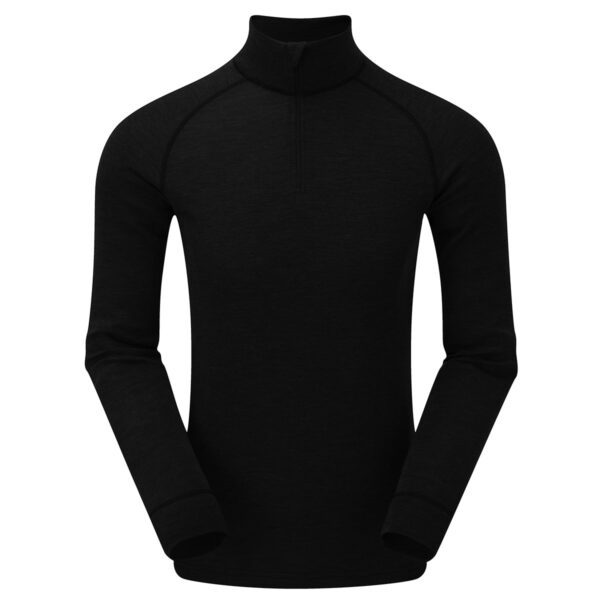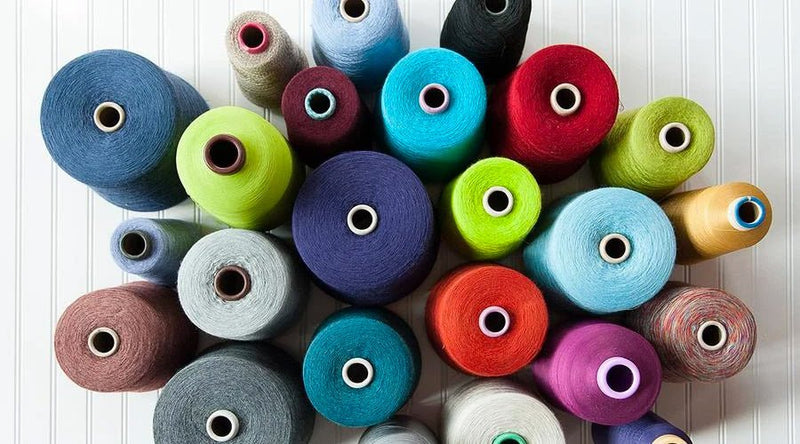New Suggestions For Choosing Bamboo Clothing
Wiki Article
Why Are Yak Merino Wool Base Layers So Efficient For Winter Sportswear In Terms Of Natural Fiber Benefits And Environmental Sustainability?
Natural fibers are an excellent option for base layers of winter sports apparel, and not only for their performance but also because of their environmental sustainability.
Both merino and yak wool are made of natural fibers derived from animals. They are renewable resources that can be sustainably harvested without harming the animals. The fibers are biodegradable which means that they break down naturally without causing environmental harm.
Low Environmental Impact-
Natural fibers have generally lower impact on the environment than synthetic materials. Wool is produced with fewer chemicals than synthetic fibers, and require less energy that is not renewable.
Energy Efficiency
The production of synthetic fibres such as polyester or nylon takes more energy. The production of natural wool uses less energy, and also reduces carbon emission.
Reduced Microplastics Pollution
Natural wool fibers aren't able to pollute lakes with microplastics as do synthetic fibers.
Product's long-term durability and its recycling
Yak merino garments are durable and last for a long time, and are durable. In addition, wool fibers can be reused or recycled to reduce waste and environmental impact.
Sustainable Practices
Some wool manufacturers and producers employ sustainable and ethical practices. They make sure to ensure the health and welfare of animals, good land management and fair work conditions for their workers.
Environmental Certification-
Certifications such as the Responsible Wool Standard (RWS) or the Global Organic Textile Standard (GOTS) verify environmentally and ethically conscious practices used in the production of wool giving consumers confidence about sustainability.
Overall, yak merino wool base layers are in line with the environment by coming from natural, renewable sources that have the least environmental impact in production, and often incorporating ethical and sustainable practices in their supply chain. Natural fibers, like yak wool merino, are a great option for winter sports clothing that promotes responsible consumption and eco-friendly practices. Take a look at the recommended merino wool base layers for website examples including smartwool long johns, base layer for warmth, spyder baselayer, best ski underlayers, merino wool base layer hunting, merino base layer womens, smartwool 150 base layer, ski base layer pants, smartwool 250, ski base layer mens and more.

What Are Some Advantages That Bamboo Clothing Offers In Terms Of Comfortability, Sustainability And Safety When Used For Outdoor Winter Clothing?
Comfort, sustainability and protection are three of the many advantages that bamboo clothing provides for winter outdoor clothing.
Softness - Bamboo fabric has a soft and silky texture that's soft on the skin. Bamboo fabric is frequently compared to silk or cashmere due to its lavish appearance.
Bamboo fibers possess moisture wicking properties that pull water away from your skin, keeping you dry and comfortable when you exercise.
Thermal Regulation- Bamboo clothing has natural temperature-regulating properties, providing warmth in winter while remaining breathable to prevent overheating.
Sustainability-
Bamboo is a renewable resource. It is an extremely renewable resource that can be grown quickly and without the necessity of pesticides or chemical fertilizers. It is highly renewable and therefore an excellent choice for clothing.
Low Environmental Impact Bamboo farming consumes less water and is more efficient. Bamboo also does not deplete soil's nutrients. Bamboo absorbs and releases more CO2 than other plants.
Protection for Outdoor Wear-
UV Protection - Bamboo fabric is a natural shield against harmful UV radiations.
Bamboo is antibacterial and has antimicrobial characteristics. Bamboo contains "bamboo Kun," a natural agent that inhibits the growth of bacteria responsible for the odors. This helps keep clothes fresher for longer, particularly when it is used outdoors.
Other Benefits
Bamboo fibers are abrasion-resistant and resistant to wear, which makes them suitable as outdoor clothing.
Biodegradability: Bamboo clothing is biodegradable. It is able to degrade naturally at the conclusion of its lifespan, which reduces the environmental impact.
If used for outdoor winter clothes, bamboo fabric can provide an array of comfort, thermal regulation and moisture management as well as sustainability. This makes it an attractive choice for those seeking eco-friendly and high-performance clothing. View the recommended your input here on bamboo clothings for site advice including bamboo onesies, boody bamboo underwear, bamboo clothing leggings, bamboo clothing, bamboo t shirts wholesale, bamboo clothing sustainable, womens bamboo t shirts, organic bamboo pajamas, childrens bamboo socks, clothes made from bamboo and more.

How Do Bamboo And Merino Clothing Compare With Wool In Terms Of Texture, Warmth And Absorption?
When comparing traditional wool bamboo, merino, and wool clothing with regard to water-absorption and warmth, texture is important.
Merino Wool Merino Wool Merino Wool is known for being soft and having very fine fibers. It has a more smooth and less scratchy texture as compared to other varieties of wool. It is regarded as more comfortable.
Clothing made from Bamboo- The bamboo is a smooth, silky fabric, often compared to silk and cashmere. Bamboo has a soft and soft feel that makes it easy to wear.
Traditional Wool - Traditional wool's texture may differ. Certain types are more coarse and can cause more itchiness than merino clothing or bamboo clothing.
Warmth-
Merino Wool Merino is an excellent wool for warming due to its insulation properties. Even if it's damp it holds warmth and acts as an excellent insulation in cold weather conditions.
Bamboo Clothing offers warmth, but it doesn't provide the same amount of insulation as wool. It regulates the body temperature and provides the comfort you need in all conditions.
Traditional Wool- Much like merino sheep's wool, wool traditional provides warmth and insulation. It is, however, often heavier or bulkier than bamboo and merino clothing.
Moisture Absorption-
Merino Wool- Merino wool is known for its exceptional moisture-wicking properties, pulling moisture away from the skin and allowing it to evaporate. It's warm when it is damp.
Bamboo clothing: Bamboo fabric is also a moisture-wicking fabric, allowing it to draw moisture away from the skin. This gives comfort and supports during physical activity. It is able to regulate moisture and keeps the wearer dry.
Traditional Wool: While wool absorbs moisture but it doesn't have the same moisture-wicking property as bamboo or merino fabrics. Certain types of sheep's wool can feel heavy and damp after being wet.
Merino is known as a soft and warm material with exceptional moisture-wicking abilities. Bamboo clothing has an ultra-soft texture and sufficient warmth and moisture control. Traditional wool may have a different texture, provide warmth and absorption of moisture, however, they feel coarser or heavier when compared to wool or bamboo clothing. Each material offers unique characteristics that are tailored to suit different needs and preferences. See the recommended his comment is here for merino wool base layers for more examples including best base layer for skiing, smartwool 1 4 zip, hh lifa merino, merino 250 base layer, merino thermals, smartwool quarter zip, merino wool mid layer, merino wool first lite, ski thermals, merino wool ski base layer and more.
